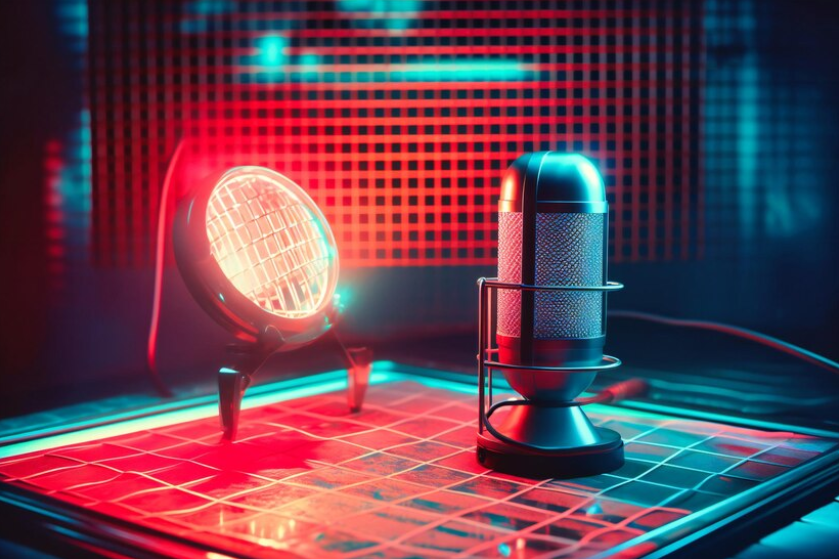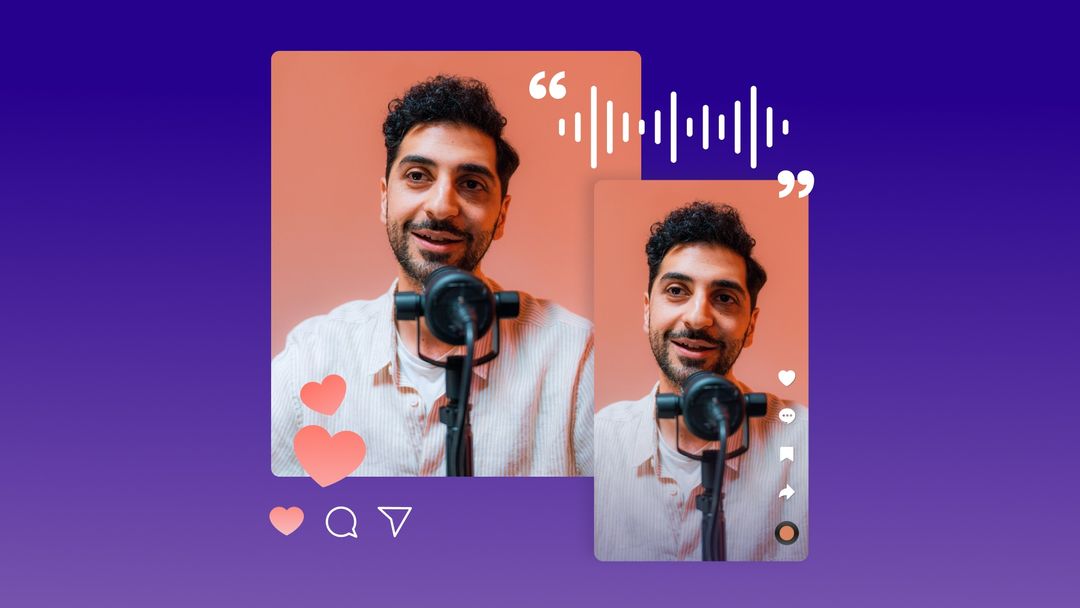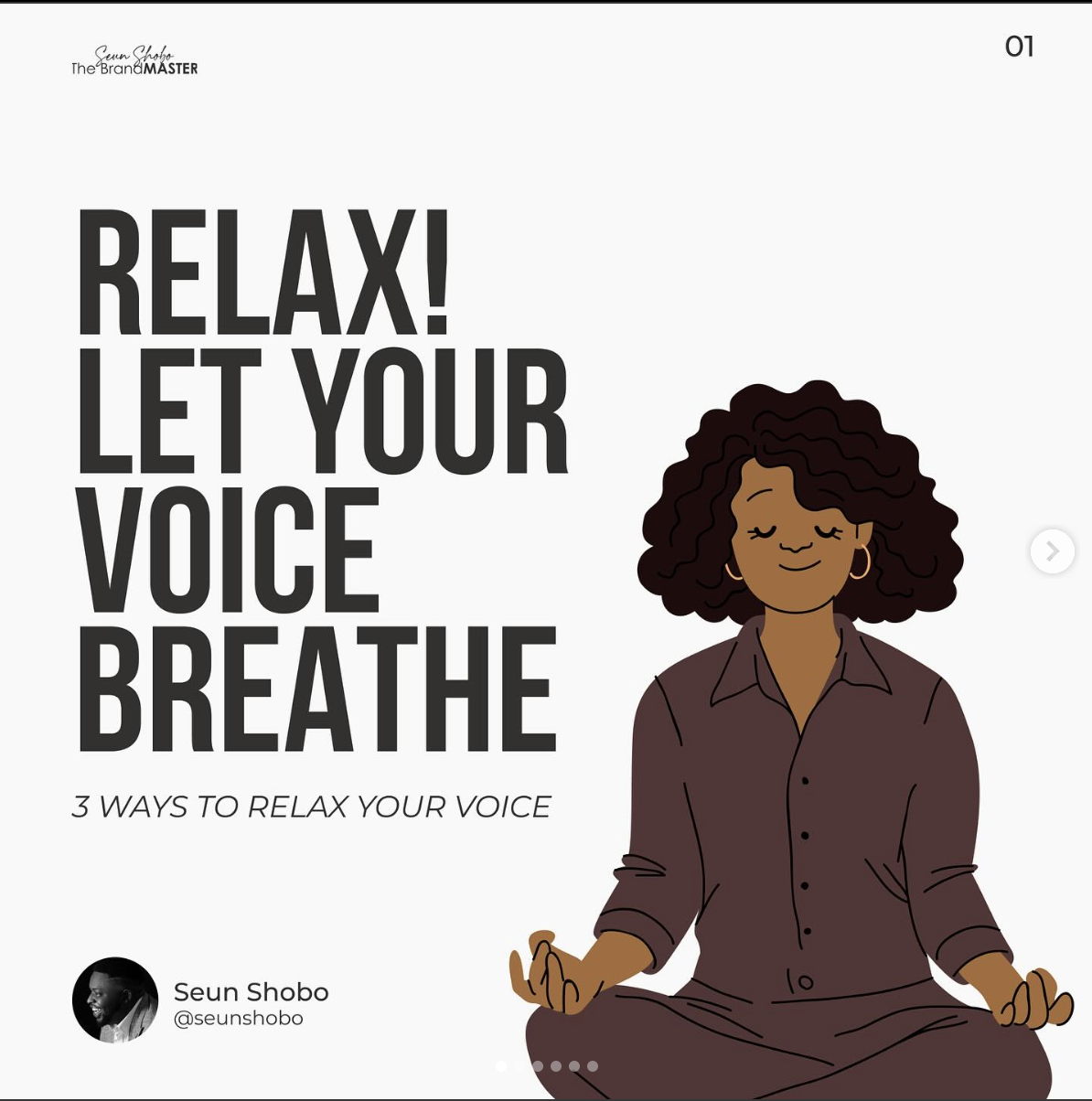1. The Impact of AI on the Voiceover Industry
Can AI Ever Surpass Voiceover Artists in the Digital Era?
With the advent of text-to-speech technology and platforms that churn out voiceovers and voiceover videos within minutes, is AI truly poised to take over the voiceover realm? In this article, I intend to offer my perspective not as a voiceover artist but as an individual immersed in the world of audio creativity. Is there a way to approach this issue from a business standpoint? Can voiceover artists still carve out a living for themselves despite the emergence and growth of AI? These are questions that demand contemplation. The future of manual voiceovers is uncertain. AI-generated voice content has quickly emerged and threatens to change the market dynamics and make AI voiceovers more common in certain areas. As a result, there is less demand for manual voiceover work, leaving many professionals in the industry struggling to find employment. The industry’s profits have dropped drastically, and it is now on the verge of collapsing. This situation perfectly illustrates the economic concept of creative destruction, where new innovations make established practices outdated. (Wang, 2023)
On the other hand, AI technology is revolutionizing the creation of synthetic voiceovers. It uses concatenative or parametric methods to engineer speech generation. Although AI voiceovers have been criticized for lacking emotional expression compared to human voices, they do offer several advantages. They don’t get tired, maintain consistent quality, work incredibly fast, and cost less than human voiceovers. Because of this, more clients and developers are looking for ways to incorporate AI voices into their products and services, taking advantage of this emerging technology. Voiceover artists, who have experienced the rise and fall of the industry throughout history, now face the disruptive impact of AI. Let’s explore the traditional process of manual voiceover production. Making a manual voiceover nowadays is a complex and time-consuming task. It starts with editing a script created by copywriters, considering the desired flow and pace. Then, the director goes through a challenging audition process, searching for the perfect voiceover artist. Multiple recording sessions and corrections are done before the final edit, with sound engineers meticulously fine-tuning the audio. Finally, after all the hard work, a manual voiceover is completed. The rapid growth of artificial intelligence in the digital age has not only changed the way we live but has also significantly affected various job markets. With machines being able to perform intellectual tasks, make complex decisions, and continuously learn to improve efficiency, many jobs that relied on basic cognitive ability are now at risk of being replaced by AI. The voiceover industry is one of the sectors profoundly impacted by the rise of AI.
2. The Role of Voiceover Artists in the Digital Age
In this era where AI seemingly reigns supreme over the voiceover realm, it becomes crucial for voiceover artists to acknowledge the exceptional strengths that they bring to their craft. Specifically, their ability to forge an emotional connection with their audience through the power of the human voice.
While machines undoubtedly possess the capability to churn out top-notch audio output, they fall short in replicating the authentic emotional engagement that humans experience when listening to natural human speech. As eloquently articulated in an article on the Voices website, “bots lack the capacity to utilize genuine emotions, possess self-awareness, self-motivation, or a comprehensive understanding of the world around them.
These are traits that humans possess.” Consequently, the potential for emotional influence within the realm of voiceover work remains one of the definitive qualities that sets artists apart from AI – a prospect that warrants exploration in terms of its potential marketing impact. Businesses, therefore, ought to capitalize on the distinctive advantages that human voiceover artists possess and strive to address the specific needs and desires of their target audience. By doing so, these companies are able to project a more humble and humane image, in stark contrast to the tech-saturated world we inhabit – a winning marketing strategy that effectively sells the concept of emotional connection. However, the reality of voiceover work is not as black and white as a mere “man versus machine” dichotomy. In fact, the potential for collaboration and advancement within the industry can be considered.
For instance, Kevin Leach, in an article for Digital Media World, introduces the notion of utilizing AI in voiceover work as a means of predicting the rhythm, pace, and tone of speech, which can then be processed by machines before artists commence their work. This approach not only minimizes time and labor, but also maximizes the potential for productivity. Such an approach signifies a more proactive response to technological advancements, effectively preparing the voiceover industry to transition into a new era. (Javaid et al., 2023)
3. Business Strategies for Voiceover Artists in the AI Era
If voice actors desire to thrive in this AI-driven epoch, relying solely on their talent or their fervor for vocal performance falls short. Comparable to any other vocation, the craft of voice acting demands a strategic approach that not only secures more opportunities but also cultivates a distinctive brand and ultimately propels one’s triumph. Foremost, it is imperative to embrace adaptability in rendering services, tailoring them to clients’ desires—an embrace of change. The fruits of a voice actor’s labor can resound magnificently across diverse platforms; thus, even the most rudimentary studio can be effectively managed or assembled in recent times.
Additionally, given the industry’s lamentable tales of voiceover enterprises succumbing to ruin, it would be remiss not to conduct thorough research to inform prudent decisions.
In the modern world, abundant avenues exist for securing work, and technological advancements have rendered it even more convenient for voice actors to operate from the comfort of their abodes. One may need to explore various employment prospects and invest time in online platforms to gradually amass a loyal clientele. When collaborating with a voiceover agency, it is advised that artists maintain an active involvement, working closely with agents and fostering amicable relations. This is because agency affiliations often yield heightened exposure to prestigious and well-compensated assignments. These strategies serve a dual purpose: not only to procure work as a voice actor but also to establish a firm foundation for perpetual success in the digital age.
Given the rapid proliferation of AI technology in recent years, digital engagements are becoming increasingly immersive—a trend partly accelerated by the pandemic, where social distancing necessitates remote work for health and safety. It should come as no surprise that the ascendancy of digital media over traditional formats has engendered economic growth for voice actors plying their trade in realms such as electronic advertising and the video game industry. However, it is merely a matter of time before the competition intensifies for digital endeavors.
4. Leveraging Unique Human Qualities in Voiceover Production
Overall, the role of human creativity in voiceover production cannot be underestimated. It offers endless opportunities to bring a script to life and enhance the quality of a production. Despite the rapidly advancing technology, there is still no substitute for the experience, intuition, and emotional understanding that a skilled voiceover artist brings.
To foster this creative freedom, it is crucial for the voiceover industry and those hiring artists to support and cultivate artistic expression. This can be achieved by facilitating collaboration between artists and creative directors, allowing flexibility in project execution, and providing resources for artists to improve their understanding of scripts.
Moreover, embracing the distinctive human qualities offered by voiceover artists is essential for a business to distinguish itself from its competitors. Customizing projects and selecting appropriate artists will yield a specific audience response and establish a consistent and memorable brand style.
Relying solely on AI-generated audio, as some audiobook producers do, poses the risk of sounding generic or disengaging. While AI may offer efficiency and cost benefits, investing in the personality and interpretive skills of a voiceover artist increases the chances of creating a impactful final product.
Technological advancements in audio, such as smart home devices and language translation services, present exciting possibilities but it should not overshadow the invaluable advantage of employing real people with creative insights instead of relying on AI.
5. Navigating the Future: Coexistence of Voiceover Artists and AI
AI has undeniably been embraced due to its ability to cut costs. However, it is crucial to acknowledge that AI cannot replicate the essence of exploration and professionalism found in human experiences, which serve as the foundation of voiceovers.
Therefore, it is imperative for voiceover artists to persist in showcasing their unique abilities and experiences, continuously seeking new opportunities. Furthermore, we should not disregard the vast libraries of emotional sounds that voiceover actors have meticulously cultivated over the years. These invaluable resources should not be squandered. Instead, we ought to explore ways to amalgamate emotions and professionalism with the precision and adaptability of AI.
Harlan Hogan and Jeffrey Fisher, esteemed authors of ‘The Voice Actor’s Guide to Professional Home Recording (Qorbani, 2020)’, propose that survival in an AI-dominated world hinges upon our ability to adapt and leverage technology to become even more indispensable to the marketplace. After all, history has shown us that embracing technological advancements can revolutionize an industry and revolutionize the way we work.
In fact, numerous studios have already begun altering their business models to better accommodate the rise of AI. For instance, they have adopted the concept of ‘dynamic pricing’, where AI is employed to transcribe scripts and estimate the time required for AI to record the audio. Subsequently, the price is determined based on these calculations. This approach reduces the workload for voiceover artists and studios while still upholding the production of high-quality sound. I firmly believe that voiceover artists will not only continue to thrive but also gain invaluable experiences through the fusion of human talent with AI.
The possibilities that arise from this combination are truly limitless. While the rise of AI undoubtedly presents challenges for voiceover artists, it is imperative that we approach this shift with an open mind, voiceover artists can not only withstand the digital revolution but also further enhance their craft. Only time will reveal the true potential that lies within this harmonious coexistence of human talent and AI.
References:
Wang, Y. (2023). Synthetic realities in the digital age: Navigating the opportunities and challenges of ai-generated content. Authorea Preprints.techrxiv.org
Javaid, M., Haleem, A., & Singh, R. P. (2023). A study on ChatGPT for Industry 4.0: Background, potentials, challenges, and eventualities. Journal of Economy and Technology.sciencedirect.com
Qorbani, M. (2020). Humanity in the Age of AI: How to Thrive in a Post-Human World.google.com





